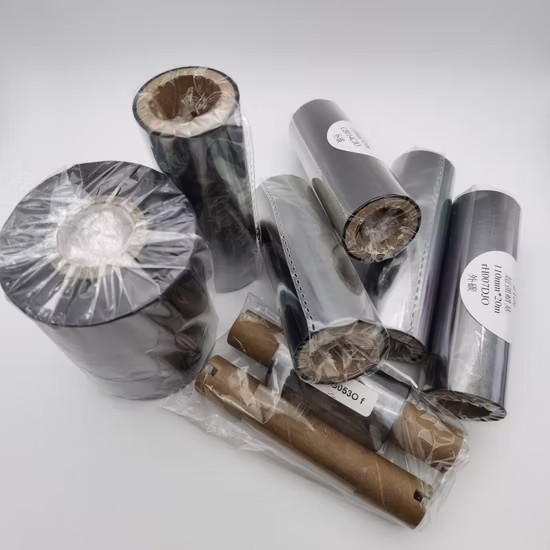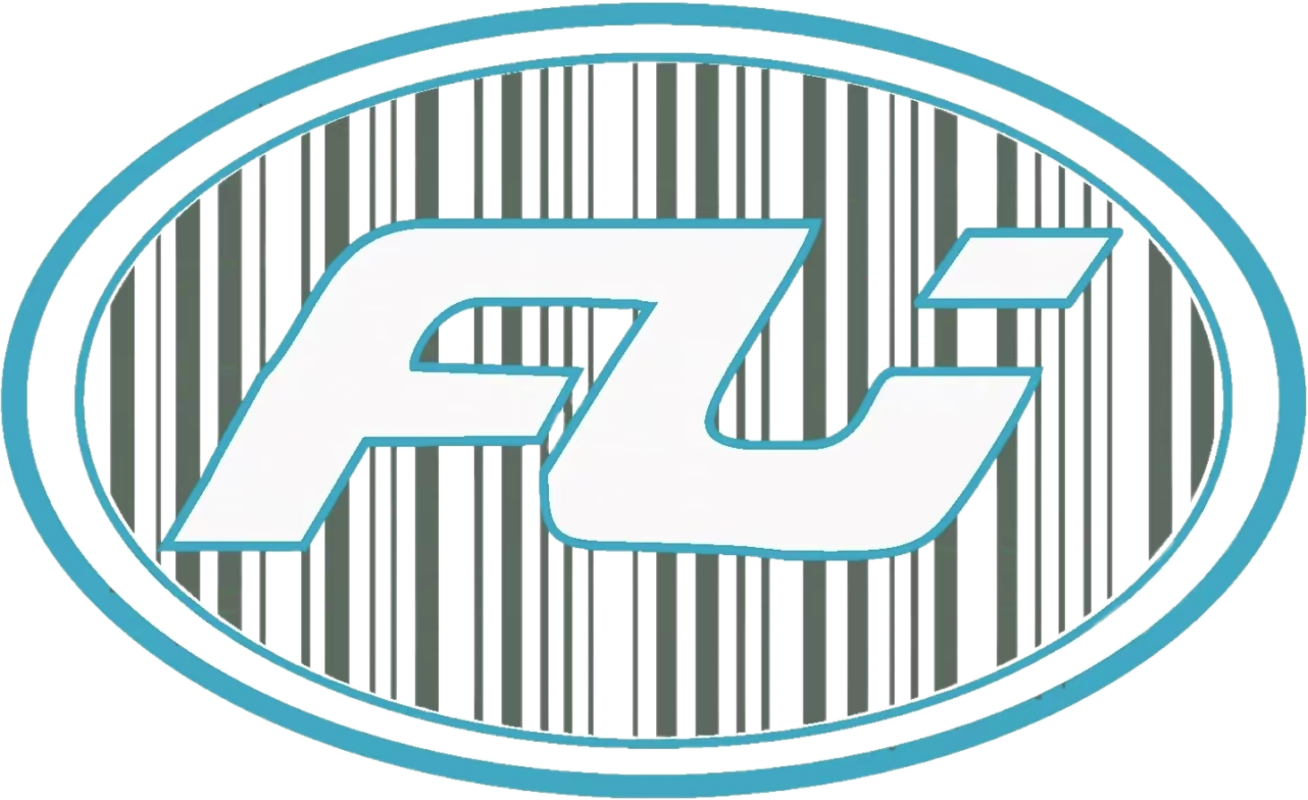Blog
Inkless Printer: The Complete Sourcing Guide for Distributors and Procurement Managers
The emergence of inkless printer technology represents a major shift in the printing industry’s landscape. Businesses looking for environmentally friendly and cost-effective solutions have turned towards inkless printers which use direct thermal technology, and these machines have become popular in logistics, retail, healthcare, and administrative sectors.
Distributors, resellers and B2B buyers who source inkless printers gain a competitive edge through decreased client maintenance requirements and improved cost-efficiency. This guide explores the operation of inkless printers and discusses their applications while outlining important sourcing considerations and advantages for industrial purchasers.
What Is an Inkless Printer?
Inkless printers function as machines that create printed output without the need for liquid ink or toner cartridges and ribbons. The printer creates clear text and images through the use of heat-sensitive media and thermal mechanisms.
Types of Inkless Printing Technologies
1. Direct Thermal Printing (Fully Inkless)
- Uses heat-sensitive paper
- Heat from the printhead darkens the media
- Common in shipping, barcode, and point-of-sale printing
2. Zink (Zero Ink) Technology
- Uses special crystals embedded in paper
- Activated by heat to produce full-color prints
- The Zink printing method gains popularity for personal photo usage and compact printers but industrial applications do not commonly adopt it.
Direct thermal printing stands as the primary inkless printing method used in industrial environments.
Benefits of Inkless Printers for Industrial Buyers
No Consumables Required
- Eliminates recurring ink or toner purchases
- Reduces total cost of ownership
Low Maintenance
- Fewer moving parts
- No ink-related clogs or breakdowns
Eco-Friendly
- No plastic cartridges to dispose
- Reduced printing waste
Compact and Quiet
- Smaller device footprint
- Near-silent operation for quiet workspaces
High-Speed Printing
- Prints on demand with no warm-up time
- This printer excels in high-speed settings such as warehouse operations and medical facilities.

Key Features to Consider
| Feature | Why It Matters |
|---|---|
| Print Resolution | Determines clarity (203, 300, or 600 dpi) |
| Connectivity | USB, Ethernet, Wi-Fi, Bluetooth |
| Print Width | Affects application (e.g., labels, tags) |
| Supported Materials | Compatibility with various media types |
| Durability | Build quality for industrial use |
Industrial Applications
Logistics & Warehousing
- Shipping labels
- Inventory tracking
- Package sorting tags
Healthcare & Medical Labs
- Sample vials and lab tracking
- Wristbands and patient labels
- Compliance documentation
Retail & E-Commerce
- Product pricing
- Barcode generation
- Return labels and receipts
Office Administration
- File organization
- Asset tracking
- Shelf and drawer labeling
Education & Government
- Record filing
- Archive labeling
- Facility management tags
Compatible Media Types
| Media Type | Application |
|---|---|
| Direct Thermal Paper | Standard file or shipping labels |
| Synthetic Thermal Film | Durable for cold/heat, moisture exposure |
| Removable Thermal Stock | Temporary labels for reuse |
| Pre-printed Thermal Stock | Branded templates, color-coding |
How to Source Inkless Printers in Bulk
1. Choose a Reputable Manufacturer
- Ensure consistent product quality and obtain global safety certifications like RoHS and CE.
- Ensure that consumables and support services will be available in the long run
2. Consider Private Label or OEM Options
- Printers and packaging products require your brand label for private labeling solutions.
- Differentiate your offering in competitive B2B channels
3. Review MOQ and Lead Times
- Ensure flexible bulk ordering
- Request test samples before full production
4. Evaluate Technical Support Capabilities
- After-sales assistance
- Troubleshooting resources
- Firmware and software updates
Storage and Handling Guidelines for Inkless Media
- Store media between 15°C and 25°C
- Do not allow direct sunlight or UV rays to contact your storage area
- Keep media dry and humidity-free
- Rotate stock using FIFO (First-In, First-Out)
Conclusion
Business document printing has evolved with inkless printers providing cleaner printing methods along with simpler operations and reduced costs compared to conventional printing technologies. Distributors, resellers, and bulk buyers will find this a valuable chance to provide innovative solutions that require minimal maintenance while delivering high repeat value and robust environmental benefits.
Through collaboration with a reliable supplier you gain access to scalable hardware and consumables that meet the needs of logistics, healthcare, office, and retail industries.
Click here to contact our team or reach us directly:
- Email: sales@foyottr.com
- Tel: +86-592-6018318
- Website: https://foyottr.com/
FAQ
Are inkless printers really ink-free?
Yes. Direct thermal printers function as inkless printers by producing prints from heat-sensitive paper without the need for ink, toner or ribbon.
Inkless printers encompass direct thermal printers which produce prints without ink while thermal printers include both direct thermal and thermal transfer printers where the latter uses a ribbon.
Direct thermal printers fall under the broader category of inkless printers. Although many thermal printers operate without ink, thermal transfer printers function using ribbons.
How long do inkless prints last?
Direct thermal prints typically last 6–12 months. Use synthetic thermal paper for extended durability.
Are inkless printers good for shipping labels?
Yes. Logistics operations extensively use inkless thermal printers to create large quantities of shipping and barcode labels.
Is it possible to have inkless printers customized with my company’s branding?
Yes. Numerous manufacturers deliver OEM and white-label services which enable customization of branding, packaging, and firmware.
Contact Us
📩 sales@foyottr.com
📞 Tel: +86-592-6018320
🌐 https://foyottr.com/
Visit our Contact Page to get started or request a quote today.

